Recently, I observed a super lesson about angles. I knew things were looking up the moment I arrived in the classroom. To begin with, the teacher had this written on her board:
If you look, the focus is on the maths. Very often, teachers assume that “outdoor learning” is the focus or the subject. It shouldn’t be. It’s a place. It’s also very clear what the learning intention of the activity is. Very often going outside is conveyed to the children as a treat. It shouldn’t be. In Scotland it is now expected that frequent, regular opportunities will occur where the learning takes place outside.
When we went out, the teacher briefly encouraged the children to recall the different angles they have studied. The teacher and children made different angles with their bodies. Naturally, acute angles look remarkable like crocodile jaws!
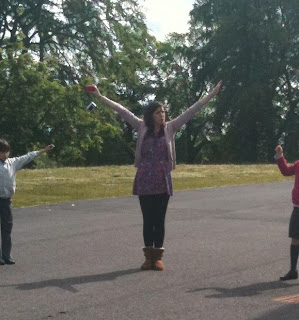
Next the children worked in pairs to look for different angles in nature. Immediately the children twigged that trees are full of angles…
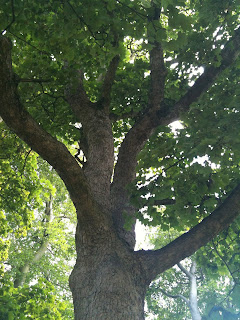
One pair of children noticed that even one fork in a branch had three angles…
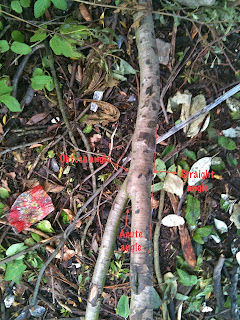
Another pair decided to make angles from separate sticks. These are their photos…
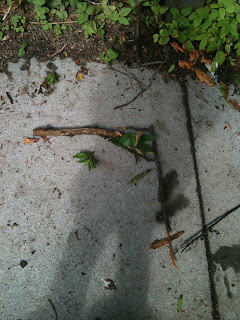


The conversation also developed around other natural angles which moved. For example, the antenna on a snail…
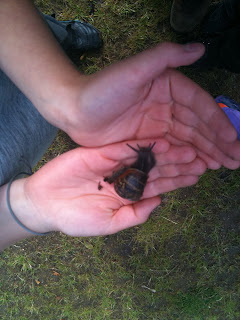
Two children found a branch that made a moving angle…



Back in the class, the follow up discussions remained interesting. The children had enjoyed exploring angles. They came up with the next steps of working out the sizes of angles by measuring them. Here the Carpenter app on the iPad has an excellent large protractor. An older class had tried measuring the angles of branches and found it surprisingly tricky, as illustrated below – I haven’t been very accurate here!

An interesting investigation which leads up to looking at self-repeating patterns and fractals in nature is to find out if the branches in a tree all have approximately the same angle or whether there is substantial variation? Any thoughts about this are welcome!




















I love this idea for angles, so simple! Definitely going to go out and do this in the next two weeks as a revision of angles.
I think, from memory, that angles of branches in the same species of tree tend to be similar, but there is some variation between species. But I’ve never investigated it. I’m going to now!
I think there is a logic to that assumption. But now you’ve got me thinking too! Thanks Morag.